Guide to Natural & Artificial Sweeteners
For hundreds of years, sugar and the delicious foods it produces hooked us good. It goes by many different names and is added to the most unlikely items. Sugar finds its way into our lives every day and will keep you coming back for more. Fortunately in more recent years, people are becoming more aware of the dangerous effects of sugar and are reducing their intake accordingly. For those of us on low-carb diets, this fact is particularly clear. Sugar is to be avoided at all costs.
However, sweetness is in our nature! Sugar stimulates the “feel good” parts of our brain. We were raised on sugary sweets in reward of good behavior and associate it with birthdays, holidays and vacations in which we indulge. It’s perfectly natural to crave a sweet treat. In the search for alternatives to use in baking and beverages, artificial and natural sweeteners offer a ray of hope. As with all processed foods, it’s important to examine these critically and consider the risks and benefits they offer. Let’s take a closer look at some sugar substitutes.
Natural Sweeteners
Nature provides a few sweeteners that can be good for your health. They’re low in fructose and calories, and actually taste good! Here are some natural alternatives to sugar that we enjoy:
4-Week Keto Meal Plan
- 4 Weeks of Delicious Keto Recipes!
- Leftovers and Bulk Preps Included
- Maximize Your Keto Diet's Success
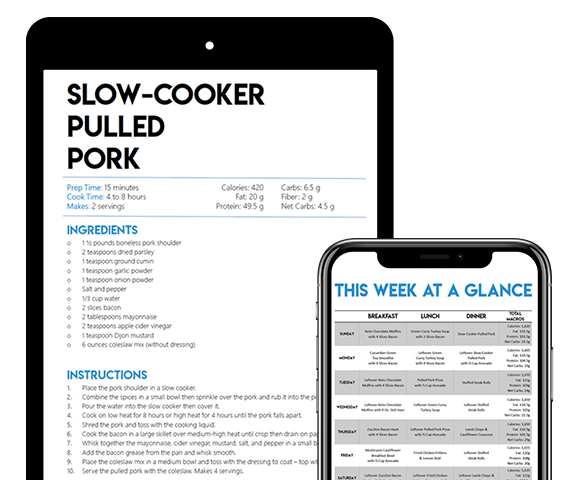
Stevia
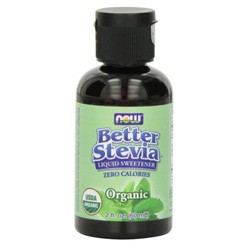 Perhaps the most popular natural sweetener, stevia is extracted from the leaves of a plant called stevia rebaudiana, which is grown in South America. Gram for gram, stevia is much sweeter than sugar, so you can use a lot less of it – plus, it has virtually no calories! Stevia also contains a few beneficial micronutrients like chromium, magnesium, potassium, and zinc. Some studies have shown that stevia can lower high blood pressure by 6-14%, and lower blood sugar levels in diabetics1. There are several studies that have also shown that stevia can reduce small LDL (the “bad” cholesterol), reduce plaque buildup in arteries and improve insulin sensitivity.
Perhaps the most popular natural sweetener, stevia is extracted from the leaves of a plant called stevia rebaudiana, which is grown in South America. Gram for gram, stevia is much sweeter than sugar, so you can use a lot less of it – plus, it has virtually no calories! Stevia also contains a few beneficial micronutrients like chromium, magnesium, potassium, and zinc. Some studies have shown that stevia can lower high blood pressure by 6-14%, and lower blood sugar levels in diabetics1. There are several studies that have also shown that stevia can reduce small LDL (the “bad” cholesterol), reduce plaque buildup in arteries and improve insulin sensitivity.
Many studies have shown it causes no harmful effects2! Stevia is readily available in powder form and liquid form. Some people prefer the liquid form because it dissolves easier, tastes less bitter and won’t contain additives such as maltodextrin (which can raise blood sugar!).
Pros: Natural, low-carb, paleo-friendly and zero calorie. Available in the health foods section of most supermarkets.
Cons: Some people are sensitive to the taste in large amounts.
Our Verdict: We love it! Use sparingly, starting with a few drops and working your way up to your desired sweetness.
See our full stevia review here.
Erythritol
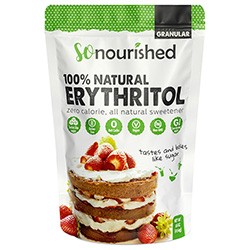 Erythritol is a low-calorie sugar alcohol that’s found naturally in some fruits and vegetables. It doesn’t raise blood sugar or insulin levels because it is a sugar alcohol. Sugar alcohols are indigestible by the human body. Several studies have shown that it’s safe for consumption. Although most users don’t report any issues, it may cause some temporary digestive issues in large doses. In fact, erythritol is the most forgiving of all sugar alcohols, which include maltitol, xylitol and sorbitol, commonly found in sugar-free snacks in many stores. Most people can consume erythritol without experiencing any discomfort.
Erythritol is a low-calorie sugar alcohol that’s found naturally in some fruits and vegetables. It doesn’t raise blood sugar or insulin levels because it is a sugar alcohol. Sugar alcohols are indigestible by the human body. Several studies have shown that it’s safe for consumption. Although most users don’t report any issues, it may cause some temporary digestive issues in large doses. In fact, erythritol is the most forgiving of all sugar alcohols, which include maltitol, xylitol and sorbitol, commonly found in sugar-free snacks in many stores. Most people can consume erythritol without experiencing any discomfort.
Erythritol is only about 70% as sweet as sugar so you may have to use a bit more of it to achieve the same sweetness. However, in large amounts, it has a slightly cooling effect which is why many people tend to use a small amount of erythritol and a small amount of stevia. We’ve found this is the perfect combination of sweeteners for most desserts. One of our favorite things about erythritol is that it caramelizes like real sugar. Very useful when making things like sugar free caramel and sugar free creme brulee! Grab a bag of erythritol on Amazon!
Pros: Tastes like sugar and has no effect on blood sugar. Measures similarly to sugar, cup for cup. Zero net carbs.
Cons: Eat too much of it and you may experience a laxative effect. It can be difficult to find in stores but is available online.
Our Verdict: It’s our favorite sweetener. It’s affordable and versatile – check out all the desserts we’ve made using erythritol.
See our full erythritol review here.
Monk Fruit
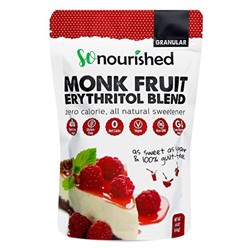 Also known as “lo han guo,” is a small fruit found in Southeast Asia. It’s been used for centuries as a cold and digestive aid. Now it’s being used as a natural, zero calorie sweetener in foods and beverages. It’s made by crushing monk fruits and collecting their juice. The extract is about 150-200 times sweeter than regular sugar.
Also known as “lo han guo,” is a small fruit found in Southeast Asia. It’s been used for centuries as a cold and digestive aid. Now it’s being used as a natural, zero calorie sweetener in foods and beverages. It’s made by crushing monk fruits and collecting their juice. The extract is about 150-200 times sweeter than regular sugar.
Combined with erythritol, it makes a wonderful combination that’s 1:1 as sweet as sugar and truly a great replacement. It’s a great option for diabetics, low-carb dieters and anyone looking to cut calories without sacrificing sweetness! Get it on Amazon.
Artificial Sweeteners
Aspartame
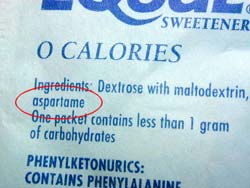 Aspartame is one of the most commonly used artificial sweeteners, found in most “diet” soft drinks and “sugar-free” products. It’s 200 times sweeter than sugar, but has no calories. There’s huge controversy surrounding aspartame as conflicting studies circulate – some research shows that aspartame is safe, while other experts claim aspartame is associated with health problems like headaches, dizziness, depression, weight gain, and nausea. Plus, aspartame isn’t stable at high temperatures, so you shouldn’t use it when baking.
Aspartame is one of the most commonly used artificial sweeteners, found in most “diet” soft drinks and “sugar-free” products. It’s 200 times sweeter than sugar, but has no calories. There’s huge controversy surrounding aspartame as conflicting studies circulate – some research shows that aspartame is safe, while other experts claim aspartame is associated with health problems like headaches, dizziness, depression, weight gain, and nausea. Plus, aspartame isn’t stable at high temperatures, so you shouldn’t use it when baking.
Pros: Zero calories.
Cons: Inconsistent research results.
Our Verdict: Since many other natural and researched options exist, try to avoid it.
Sucralose
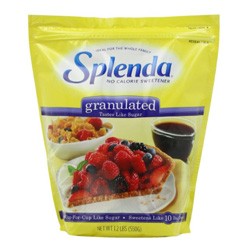 Sucralose is usually marketed under the brand name “Splenda.” It’s created from changing the chemical structure of common table sugar and is a whopping 600 times sweeter than sugar! It can maintain its sweetness at high temperatures, but in large doses it does contain some carbs – 24 grams per cup. Many people use just a bit to sweeten drinks. The down side of sucralose is that not much research has been done on its safety. Many people also claim it causes headaches and thymus gland problems.
Sucralose is usually marketed under the brand name “Splenda.” It’s created from changing the chemical structure of common table sugar and is a whopping 600 times sweeter than sugar! It can maintain its sweetness at high temperatures, but in large doses it does contain some carbs – 24 grams per cup. Many people use just a bit to sweeten drinks. The down side of sucralose is that not much research has been done on its safety. Many people also claim it causes headaches and thymus gland problems.
Pros: Great for baking and found in many supermarkets.
Cons: Not enough research has been done and some people report adverse effects. Contains a considerable amount of carbs.
Our Verdict: Use at your own risk.
Other Natural Sweeteners We’ve Yet to Test
Many of our keto friends and low-carb bloggers use the following sugar-free sweeteners. They are relatively safe in small amounts and don’t seem to raise blood sugar in most people. However, they are not as sweet as regular sugar and are not always appropriate to use in baking. Feel free to explore these sweeteners:
- Yacón Syrup – extracted from the yacón root, this syrup is made primarily of fructooligosaccharides (which do not raise blood sugar) and tastes similar to caramel or molasses.
- Chicory Root – a fibrous root that contains inulin and dates back to ancient Rome, believed to have lots of health benefits.
- Tagalose – can be found in dairy products. It’s not as sweet as sugar but also contains much fewer calories.
Natural Sweeteners to Use with Caution
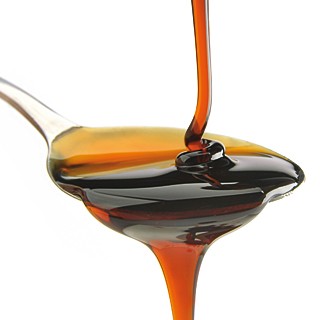 Even though these sweeteners are found in nature and marketed as a healthier alternative, make no mistake – they will raise your blood sugar almost as much as, if not more than, regular sugar. Always check your food labels and make sure to consume the following sweeteners with caution:
Even though these sweeteners are found in nature and marketed as a healthier alternative, make no mistake – they will raise your blood sugar almost as much as, if not more than, regular sugar. Always check your food labels and make sure to consume the following sweeteners with caution:
- Honey
- Agave Syrup/Nectar
- Maple Syrup
- Molasses
- Dates and Date Syrup
- Rice Syrup
- Coconut Sugar
Sweeteners to Avoid
Generally, anything with high fructose corn syrup should be avoided. If you see any of the following names on your food label, know that they are just another name for sugar:
- Brown sugar
- Cane juice crystals
- Cane sugar
- Caramel
- Caster sugar
- Confectioner’s sugar
- Corn syrup
- Corn syrup solids
- Demerara sugar
- Dextrose
- Fructose
- Galactose
- Glucose
- Invert sugar
- Lactose
- Maltose
- Muscovado sugar
- Organic raw sugar
- Sucrose
- Turbinado sugar
What’s your go-to sweetener when you bake? Is there anything we missed? Let us know in the comments below and we’ll make sure to update our guide!
We love hearing from you so please don’t hesitate to ask questions!
NUTRITIONAL DISCLAIMER
The content on this website should not be taken as medical advice and you should ALWAYS consult with your doctor before starting any diet or exercise program. We provide nutritional data for our recipes as a courtesy to our readers. We use Total Keto Diet app software to calculate the nutrition and we remove fiber and sugar alcohols, like erythritol, from the total carbohydrate count to get to the net carb count, as they do not affect your blood glucose levels. You should independently calculate nutritional information on your own and not rely on our data. The website or content herein is not intended to cure, prevent, diagnose or treat any disease. This website shall not be liable for adverse reactions or any other outcome resulting from the use of recipes or recommendations on the Website or actions you take as a result. Any action you take is strictly at your own risk.
- EPIC Keto Krate Haul! - February 13, 2020
- 30+ Low Carb Snacks (Keto Snacks) with Little to No Prep - January 1, 2019
- Keto Browned Butter Pumpkin Spice Latte [VIDEO] - November 13, 2018
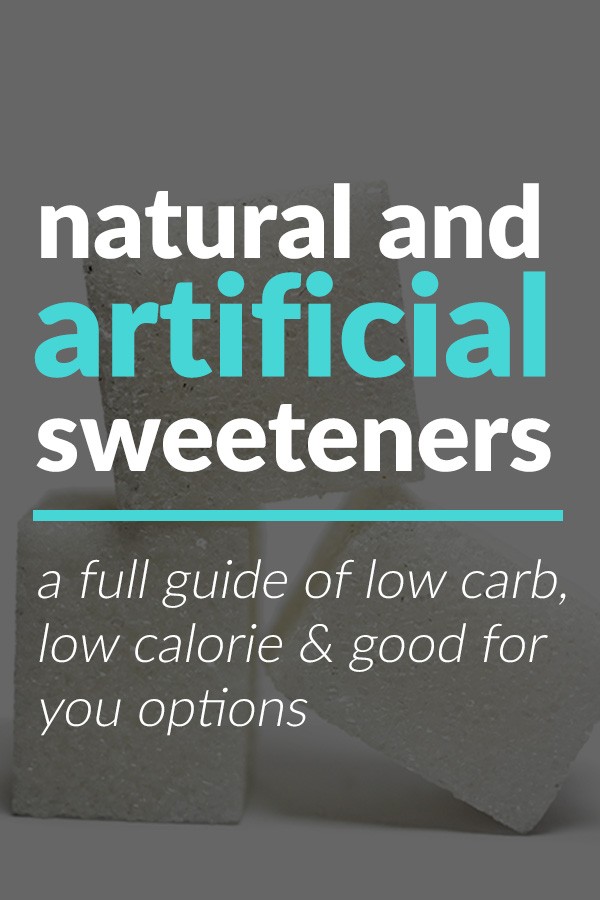
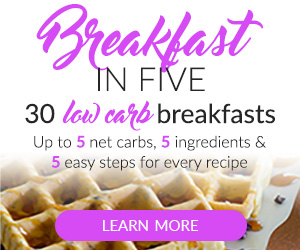
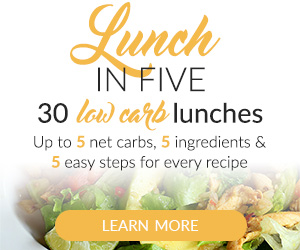
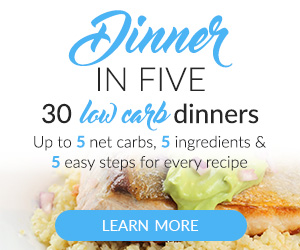
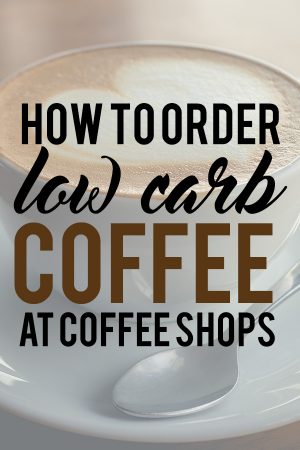
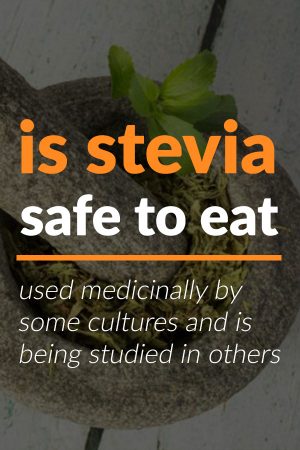
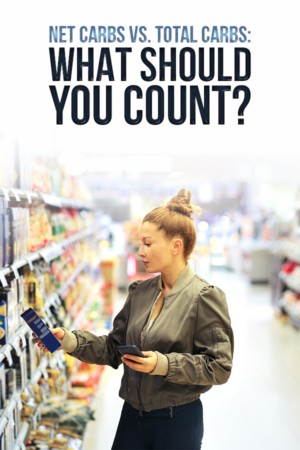

I’ve been using Coffeemate in my coffee wth a brand of Stevia called Truvella! I use a lot of Coffeemate and I feel it is keeping me from losing any weight! What do you think?
Try cutting it out for a while and see how you feel!
I started using the erythritol. I found the slightly diuretic effect a blessing in combatting the clogging effects of the protein.
What about the Zing Organic stevia is it safe to use if your doing the Keto diet?
If it’s pure stevia, then yes. The Zing baking blend has regular sugar in it, so it’s a definite no for the keto diet.